Premium Only Content
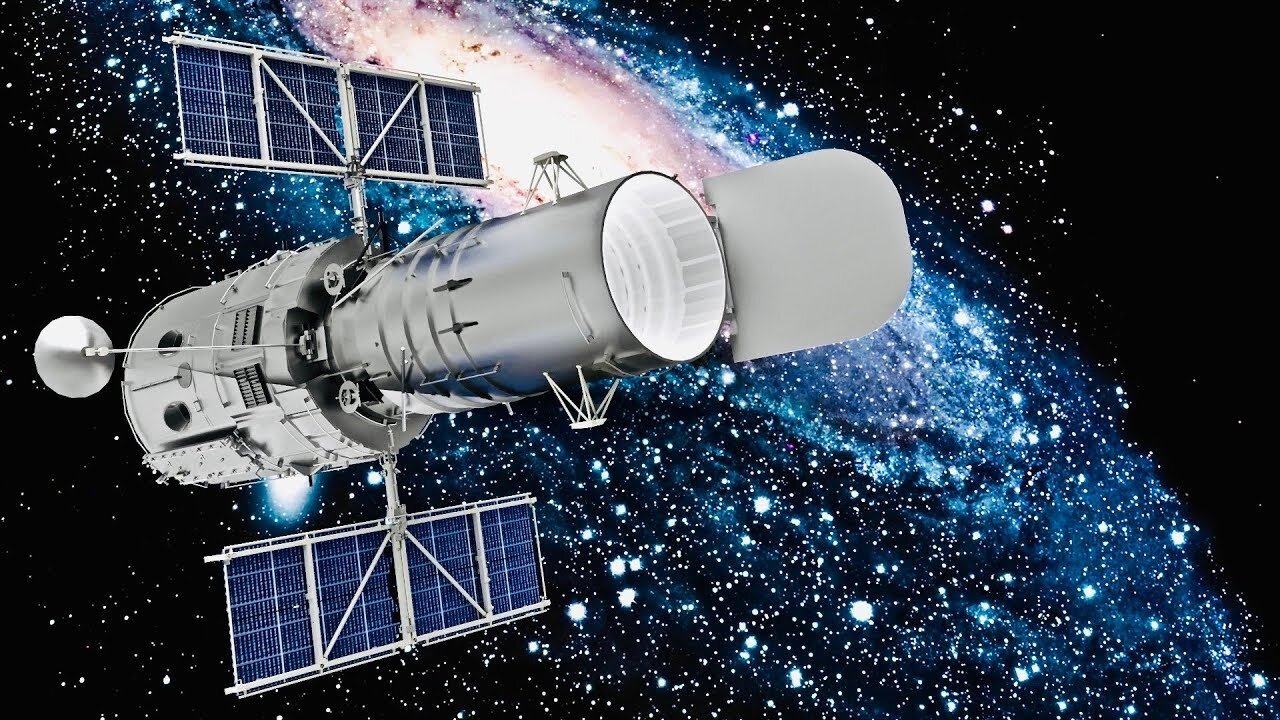
History of Telescopes - From Galileo To Hubble - Full Documentary
In 1609 an Italian physicist and astronomer named Galileo became the first person to point a telescope skyward. Although that telescope was small and the images fuzzy, Galileo was able to make out mountains and craters on the moon, as well as a ribbon of diffuse light arching across the sky -- which would later be identified as our Milky Way galaxy. After Galileo's and, later, Sir Isaac Newton's time, astronomy flourished as a result of larger and more complex telescopes. With advancing technology, astronomers discovered many faint stars and the calculation of stellar distances. In the 19th century, using a new instrument called a spectroscope, astronomers gathered information about the chemical composition and motions of celestial objects.
Twentieth century astronomers developed bigger and bigger telescopes and, later, specialized instruments that could peer into the distant reaches of space and time. Eventually, enlarging telescopes no longer improved our view… all because of the Earth's atmosphere.
A Telescope in the Sky? Why?
The next time you gaze up at the night sky, you're likely to spot a twinkling star. But is it really twinkling? What looks like a twinkling star to our eyes is actually steady starlight that has been distorted, or bent, by the Earth's atmosphere. The visual effect of this distortion is like looking at an object through a glass of water.
Earth
Telescopes here on the ground -- which also must peer through Earth's atmosphere -- are equally vulnerable to our atmosphere's visual tricks.
That's why astronomers around the world dreamed of having an observatory in space -- a concept first proposed by astronomer Lyman Spitzer in the 1940s. From a position above Earth's atmosphere, a telescope would be able to detect light from stars, galaxies, and other objects in space before that light is absorbed or distorted. Therefore, the view would be a lot sharper than that from even the largest telescope on the ground.
Vision Becomes Reality
In the 1970s the European Space Agency and the National Aeronautics and Space Administration began working together to design and build what would become the Hubble Space Telescope. On April 25, 1990, five astronauts aboard the space shuttle Discovery deployed the eagerly anticipated telescope in an orbit roughly 380 miles (600 km) above the Earth's surface. That deployment and, later, the unprecedented images that Hubble delivered represented the fulfillment of a 50-year dream and more than two decades of dedicated collaboration between scientists, engineers, contractors, and institutions from all over the world.
Hubble's Job Description
Explore the solar system.
Measure the age and size of the universe.
Search for our cosmic roots.
Chart the evolution of the universe.
Unlock the mysteries of galaxies, stars, planets, and life itself.
Beyond Hubble: The Next Generation Space Telescope Next Generation Space Telescope LOGO
Hubble's important mission will come to an end one day in the future. But the telescope's ultimate retirement will not signal the end of our unrivaled view of the universe. Rather, it will mark a new beginning -- and even more amazing discoveries and images from space. For Hubble has a successor. The Next Generation Space Telescope (NGST), which is being designed right now, may be launched as early as 2008.
When that day comes, scientists using NGST hope to discover and understand even more about our fascinating universe, such as
The formation of the first stars and galaxies
The evolution of galaxies and the production of elements by stars
The process of star and planet formation.
Bigger! Better! Colder?
In order to peer back toward the beginning of the universe, NGST will make observations in the visible to the mid-infrared part of the electromagnetic spectrum. NGST is designed to operate in the infrared wavelengths, so it is important to keep the detectors and telescope optics as cold as possible (excess heat from the telescope itself would create unwanted "background noise"). In addition, NGST's larger primary mirror will give it 10 times Hubble's light gathering capability.
-
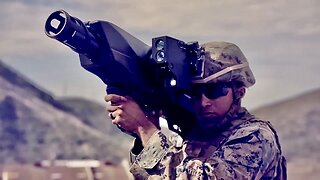 49:45
49:45
Knowledge Land
10 months agoFuture War Technology - Armies of Tomorrow
400 -
 2:08:38
2:08:38
Slightly Offensive
9 hours ago $23.18 earnedDEEP STATE WINS?! Matt Gaetz OUSTED as AG & Russia ESCALATES War | Guest: The Lectern Guy
59.5K23 -
 1:47:36
1:47:36
Precision Rifle Network
9 hours agoS3E8 Guns & Grub - the craziness continues
50K4 -
 41:37
41:37
Kimberly Guilfoyle
10 hours agoPresident Trump Making all the Right Moves,Live with Border Union Chief Paul Perez & Lawyer Steve Baric | Ep. 176
141K40 -
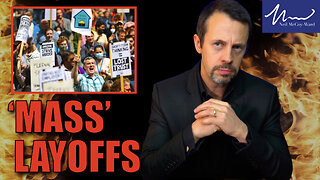 19:38
19:38
Neil McCoy-Ward
13 hours agoMASS LAYOFFS Have Started... (How To Protect Your Income)
46.6K9 -
 46:21
46:21
PMG
1 day ago $5.31 earned"Venezuelan Gang in 16 States, Animal Testing Crackdown, & Trump’s Nominee Battle"
33K10 -
 DVR
DVR
VOPUSARADIO
12 hours agoPOLITI-SHOCK! WW3!?, BREAKDOWN OF THE WORLD EVENTS & R.A.G.E. (What it means & What's next!)
25.9K6 -
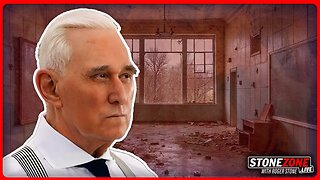 1:00:10
1:00:10
The StoneZONE with Roger Stone
9 hours agoWhy Democrats Hold Poor Children Hostage in Failing Schools | The StoneZONE w/ Roger Stone
54.7K6 -
 4:42:29
4:42:29
Tundra Gaming Live
9 hours ago $1.84 earnedThe Worlds Okayest War Thunder Stream//Air Force Vet Flys Jets
31.6K -
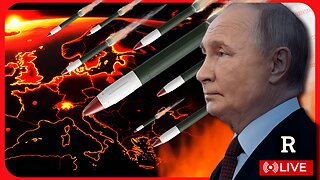 2:00:54
2:00:54
Redacted News
11 hours agoBREAKING! Putin just SHOCKED the world, launches nuclear capable warheads "NATO can't stop it"
193K609